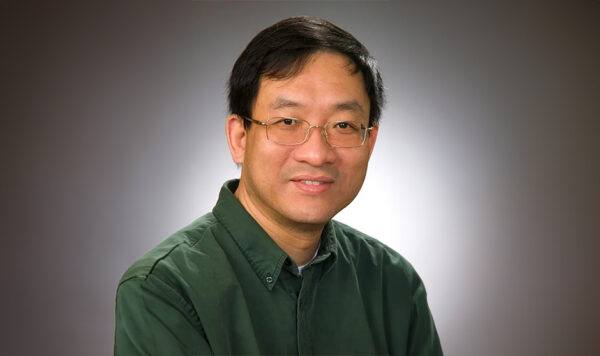
- This event has passed.
Seminar Speaker: Yong Wei, University of North Georgia
September 6, 2024 @ 11:00 am – 12:00 pm
Supercharging Materials Discovery and Beyond with Advanced Graph Machine Learning

Abstract
Understanding atomic interactions is fundamental for advancements in materials discovery, molecular design, and physics-based simulations like molecular dynamics (MD) and Density Functional Theory (DFT). Graph neural networks (GNNs) have emerged as vital tools for representing molecular structures, where atoms and bonds are nodes and edges, respectively. However, conventional GNNs often fail to effectively capture an atom’s local interaction environment characteristics, hindering accurate structure-dependent property prediction. To address this challenge, we propose the Chemical Environment Graph Neural Network (ChemGNN), leveraging local chemical environment adaptive learning (CEAL) convolution layers. This innovative model extracts deep features from atomic interactive environments, automatically adapting multiple aggregators to enhance node representations and better reflect local atomic interaction characteristics. In this talk, I will showcase the effectiveness of ChemGNN in predicting diverse properties, including optical band gaps of graphitic carbon nitride and its variants, molecular properties within the QM9 dataset (containing 130 k molecules), and oxygen vacancy formation energy of high entropy oxides. Moreover, ChemGNN demonstrates promising potential in predicting atomic features like force fields (FFs) crucial in MD simulations. Our machine learning force field (MLFF) based on ChemGNN exhibits promise in achieving high-fidelity quantum potential surfaces, surpassing classical force fields at a very low computational cost.
Biography
Dr. Yong Wei held the position of a professor of computer science at the University of North Georgia for many years before recently rejoining the University of North Georgia in the same capacity. Dr. Wei completed his undergraduate studies in physics at Nanjing University, followed by a master’s degree in artificial intelligence and a Ph.D. in computer science from the University of Georgia. His current research focuses on machine learning, particularly on graph neural networks and multimodal foundation models, and their vast applications in materials science, computational chemistry, computational physics, computer vision, and medicine. Dr. Wei has published numerous papers in reputable scientific journals and international conference proceedings, including Physical Chemistry Chemical Physics, Applied Physics Letters, the Journal of Chemical Theory and Computation, ACS Langmuir, ACS Journal of Physical Chemistry (b), ACM Multimedia Conference, IEEE Trans. on Multimedia, ACM Trans. on Multimedia Computing, Communications and Applications, and the IEEE International Conference on Machine Learning and Applications.